Datadog vs Splunk: Which Monitoring Platform Is Right for You?
Datadog and Splunk are leading monitoring and observability platforms that offer comprehensive solutions for modern IT environments. Both tools share a wide range of features, making it challenging to choose between them. This article compares Datadog and Splunk on crucial aspects like application performance monitoring (APM), log management, search capabilities, and more to help determine which platform best fits your organization.
Datadog vs Splunk: Overview
Datadog and Splunk are both leaders in the observability space, offering a wide range of features for monitoring and analyzing IT infrastructure, applications, and logs. Datadog is known for its cloud-native approach, while Splunk has long been a go-to solution for log management and analysis.
Key Feature Comparison
| Feature | Datadog | Splunk |
|---|---|---|
| User Interface | Modern, intuitive, real-time views | Complex, highly customizable |
| Performance & Scalability | Optimized for cloud environments | Excels in large-scale data analysis |
| Machine Learning & AI | Built-in anomaly detection | Advanced predictive analytics |
| Data Visualization | Real-time, customizable dashboards | Extensive customization, complex data views |
| Integrations | Over 500 integrations | Supports a wide range of data sources |
| Pricing | Flexible, host-based pricing | Data volume-based, can be costly |
| Best Use Cases | Cloud-native, real-time monitoring | Enterprise-level log management, security analytics |
Advanced Application Monitoring: Datadog’s Strength
When it comes to OpenTelemetry application performance monitoring (APM), Datadog offers a highly integrated solution that excels in modern cloud environments. It provides detailed insights into application performance, distributed tracing, and real-time anomaly detection, making it a top choice for organizations using microservices and cloud-native architectures.
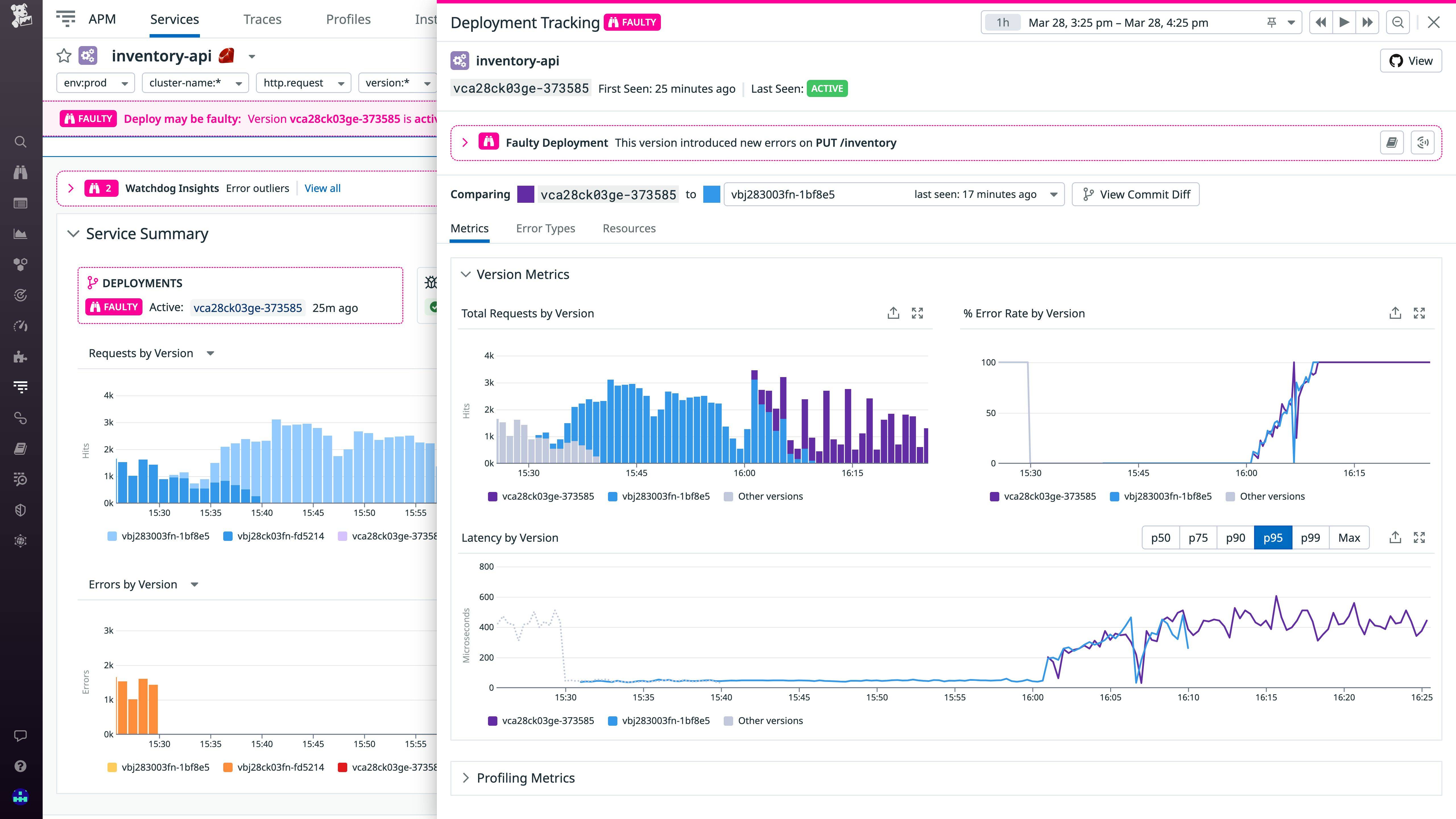
Splunk also offers APM capabilities but requires more configuration and expertise to achieve a similar level of performance monitoring. While powerful, Splunk's APM solution is less intuitive than Datadog's and may not be the best fit for teams seeking an out-of-the-box experience.
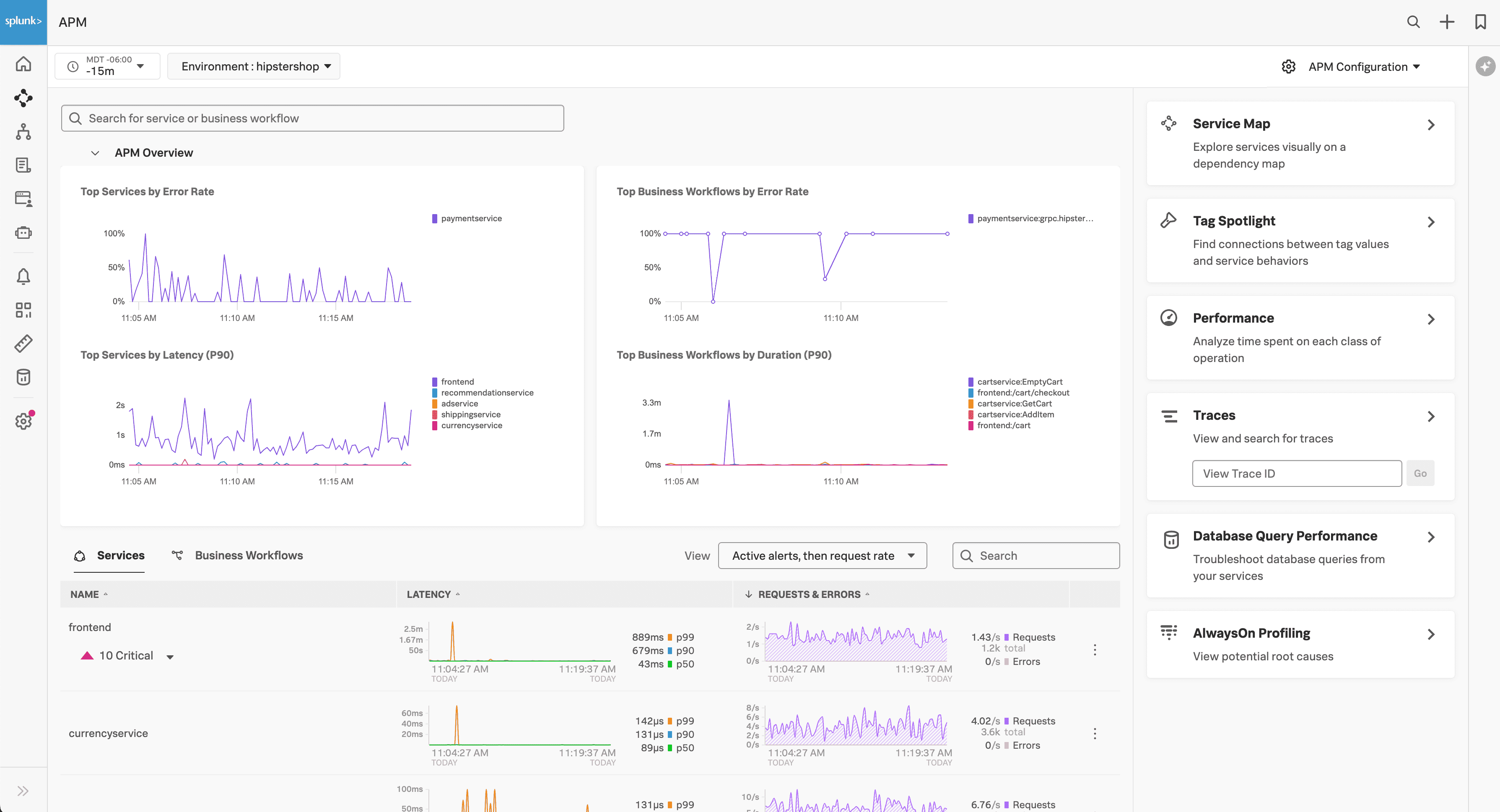
Enterprise Log Management: The Power of Splunk
Splunk is widely recognized as the industry leader in log management. It provides robust tools for searching, indexing, and analyzing log data in real time, making it indispensable for large enterprises that deal with massive data volumes. Splunk's ability to handle complex queries and its support for machine learning-based log analysis further solidify its position as the go-to tool for log management.

Datadog also offers log management features that are tightly integrated with its monitoring and APM tools. However, it may not match Splunk's capability in handling large-scale enterprise environments, where the need for in-depth log analysis and correlation is critical.
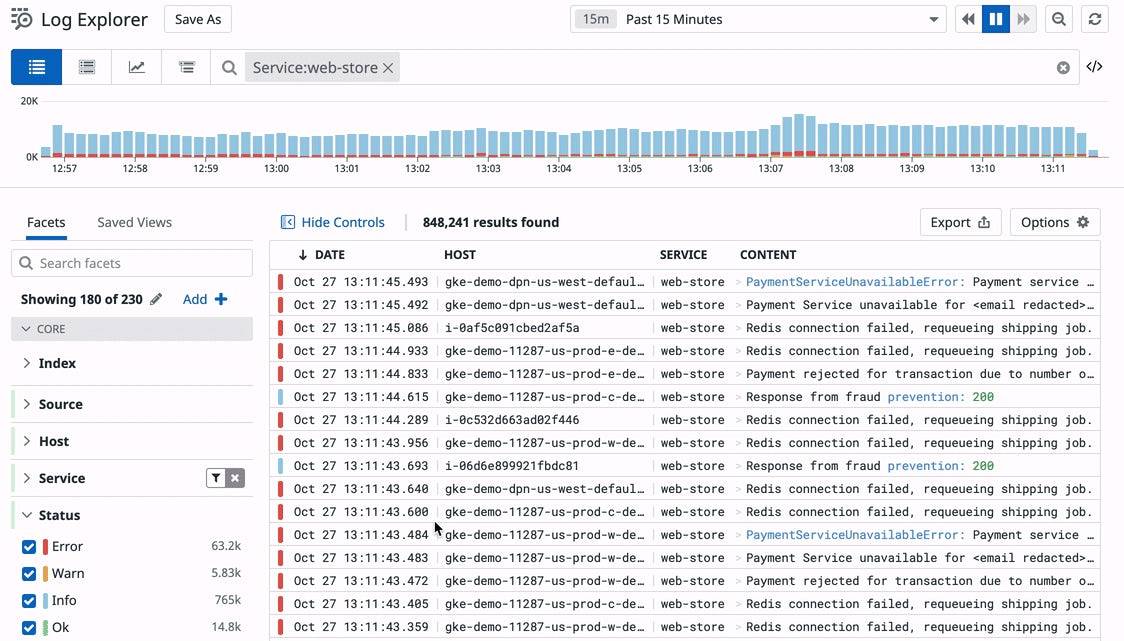
Extensive Data Search: Splunk's Specialty
For organizations that require deep data analysis and extensive search capabilities, Splunk offers unparalleled power. Its search processing language (SPL) allows users to perform complex queries, correlate data, and uncover insights that might be missed with less sophisticated tools.
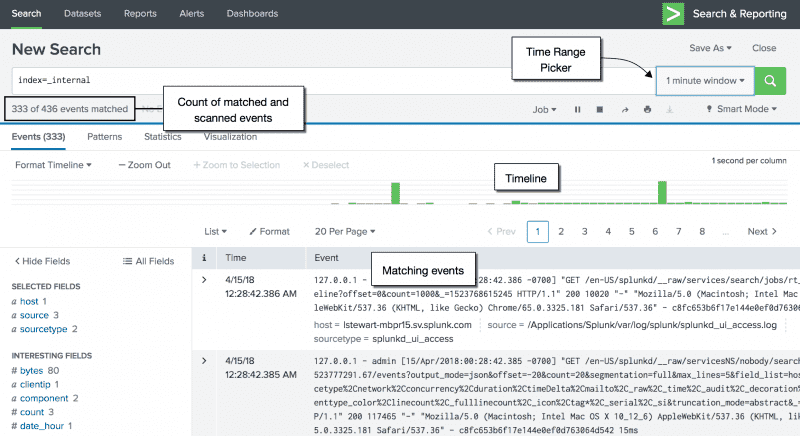
While Datadog provides strong search functionality focused on real-time monitoring and alerting, it is not designed for the same level of deep historical data analysis. Splunk's advanced search capabilities make it the preferred choice for use cases involving security, compliance, and extensive log analysis.
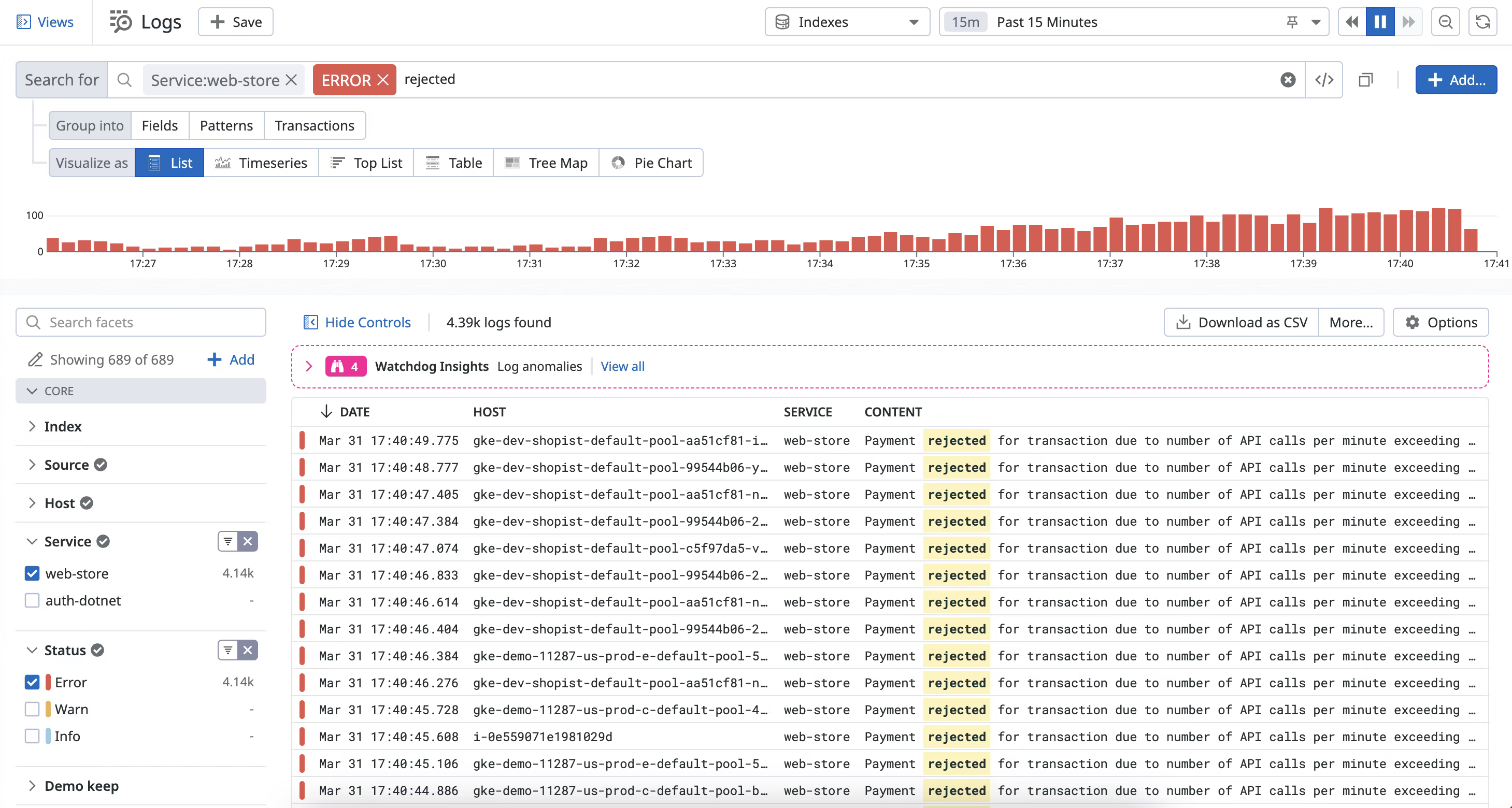
Monitoring Infrastructure: Cost vs. Features
Both Datadog and Splunk offer comprehensive infrastructure monitoring tools, but their pricing models can be a deciding factor.
Datadog's infrastructure monitoring is designed for cloud environments, providing real-time metrics, alerts, and customizable dashboards. Its pricing is based on the number of hosts, which can be flexible but may escalate with increased usage.
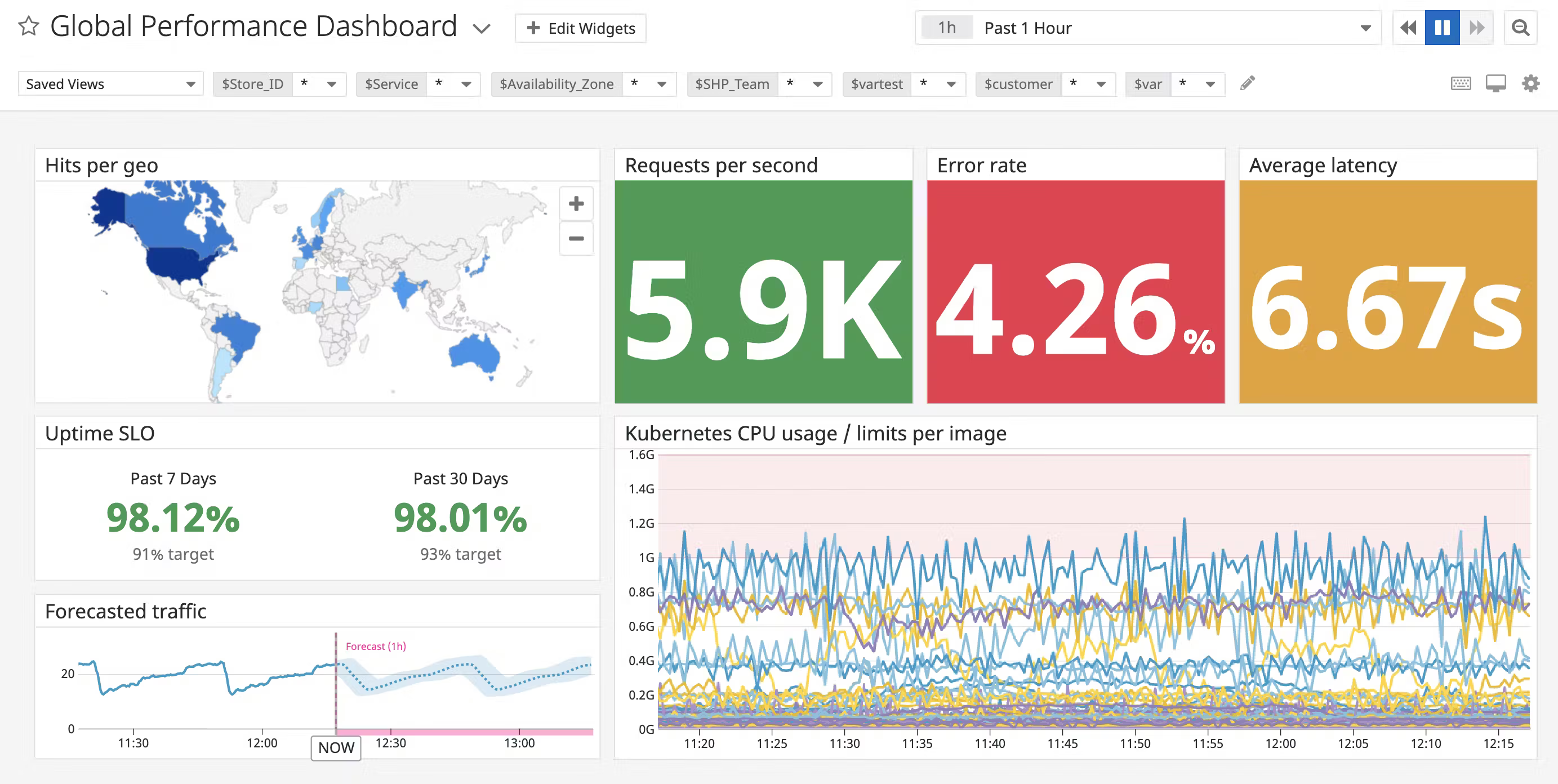
Splunk, on the other hand, offers powerful infrastructure monitoring with deep integration into its log management and analytics tools. However, the data volume-based pricing model can become costly, especially for organizations with large amounts of data to monitor and analyze.
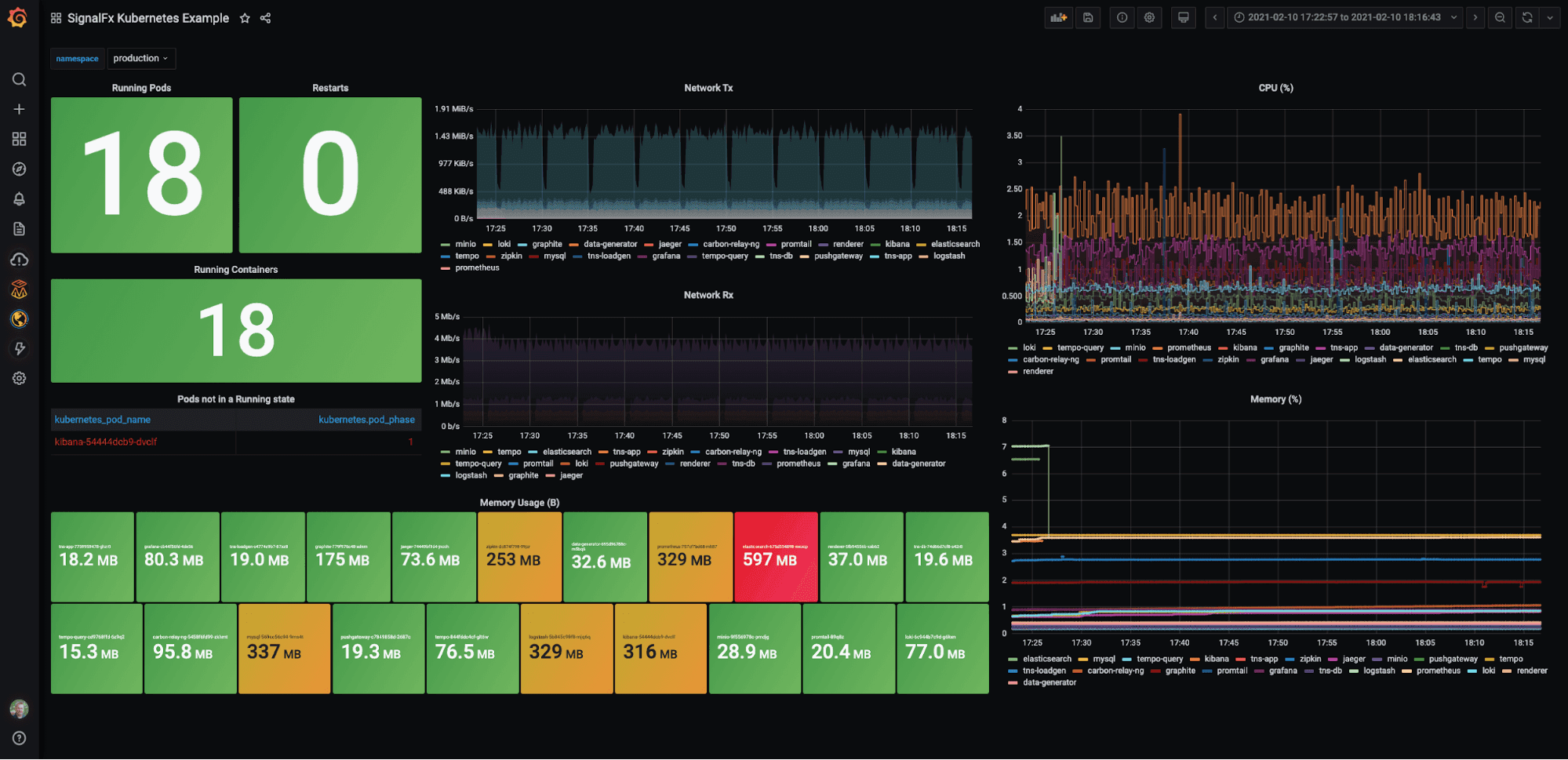
Usability: Datadog for Simplicity, Splunk for Customization
Ease of use is another crucial factor when choosing between Datadog and Splunk. Datadog is known for its intuitive interface and ease of setup, making it an attractive option for teams that need to deploy quickly and start gaining insights without a steep learning curve.
Splunk, while more powerful in terms of customization, requires a more significant investment in terms of learning and configuration. It is better suited for experienced users who need advanced capabilities and are willing to dedicate the time to master the platform.
Pricing Models: Evaluating Your Needs
Pricing is often a critical consideration when selecting a monitoring tool.
Datadog offers a host-based pricing model that can be more predictable and flexible for organizations with a clear understanding of their infrastructure needs. However, costs can escalate quickly as more hosts are added.
Splunk’s pricing is typically based on the volume of data ingested, which can be ideal for organizations with smaller data needs but can become prohibitively expensive as data volumes grow. It's essential to evaluate your specific use case to determine which pricing model aligns best with your organization’s budget and monitoring needs.
Conclusion: Choosing the Right Tool
The decision between Datadog and Splunk depends heavily on your organization's specific needs.
- Datadog is an excellent choice for organizations seeking a user-friendly, cloud-native monitoring solution with strong real-time capabilities.
- Splunk is better suited for enterprises that require extensive log management, advanced search capabilities, and are prepared for a more complex setup and potentially higher costs.
Why Consider Uptrace as an Alternative?
While both Datadog and Splunk offer robust features, they come with certain limitations, especially regarding cost and complexity. Uptrace is a modern, cost-effective observability platform that provides a balanced set of features for monitoring, tracing, and logging. It is designed to cater to both cloud-native and on-premise environments, offering a simpler, more affordable alternative to Datadog and Splunk.
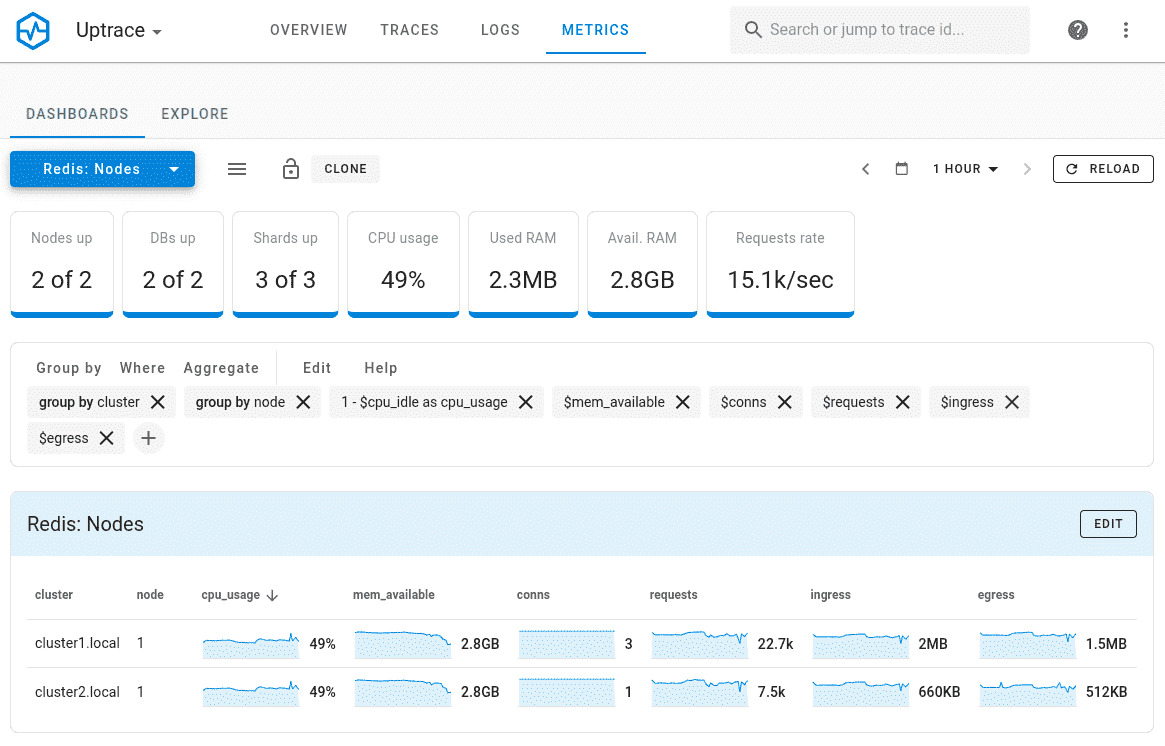
Learn more about how Uptrace can enhance your observability strategy by getting started.
Key Insights
- Datadog is ideal for teams that prioritize ease of use and require comprehensive cloud-native monitoring.
- Splunk is the better option for enterprises needing advanced log management and deep data analysis.
- Uptrace provides a modern, cost-effective alternative with strong observability features across monitoring, tracing, and logging.
FAQ
What sets Datadog apart from Splunk? Datadog is known for its ease of use and cloud-native approach, while Splunk excels in log management and data analytics.
Which platform is better for log management, Datadog or Splunk? Splunk is typically favored for enterprise-level log management due to its advanced features and scalability.
Is Splunk more expensive than Datadog? Splunk can become more expensive, particularly in environments with large data volumes, due to its data volume-based pricing model.
Can Datadog and Splunk be used together? Yes, some organizations use both tools in tandem to leverage Datadog’s real-time monitoring and Splunk’s log management capabilities.
Why might Uptrace be a better choice over Datadog and Splunk? Uptrace offers a cost-effective and easier-to-use alternative with robust monitoring and observability features, making it suitable for organizations of various sizes.
You may also be interested in: